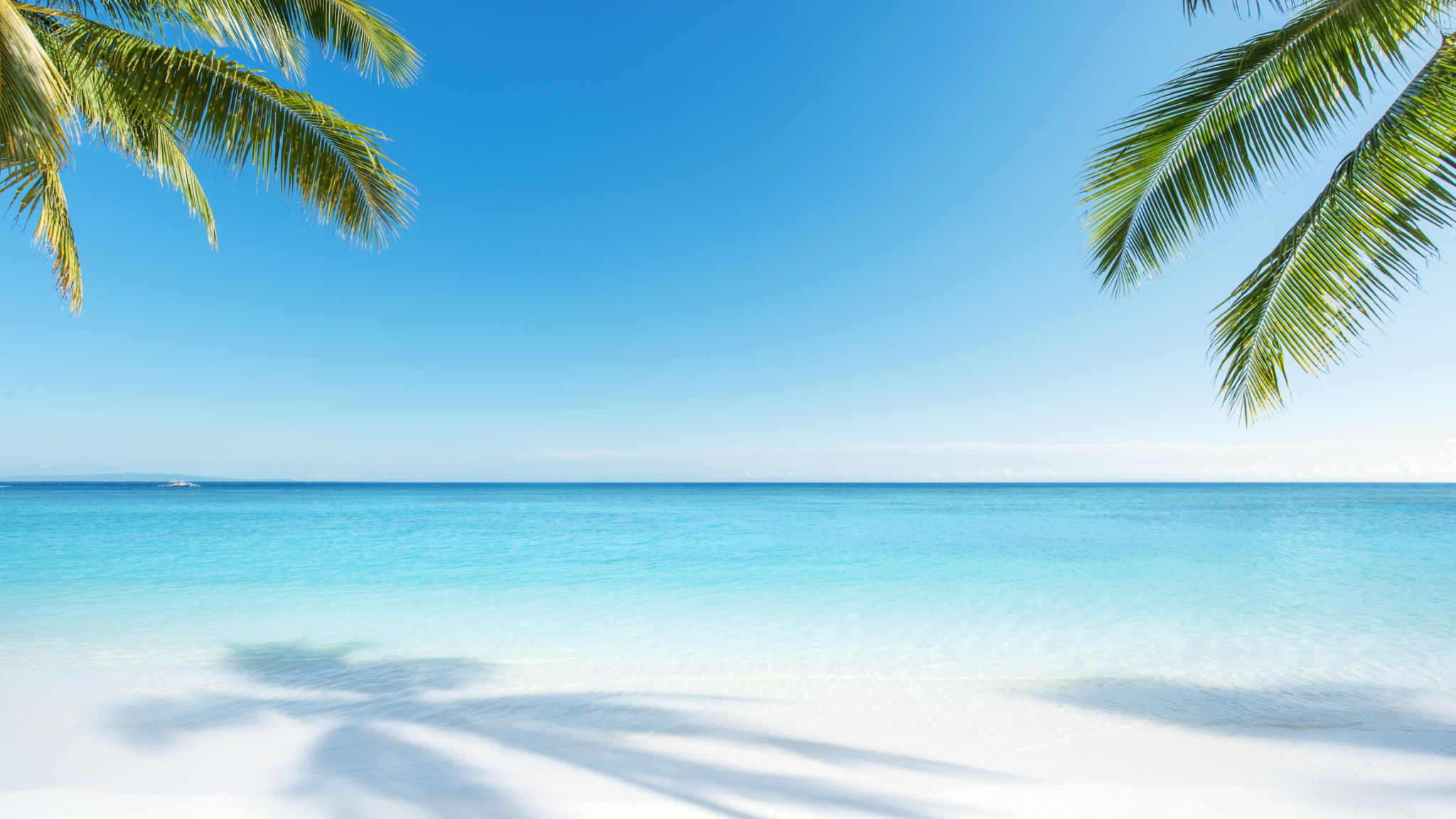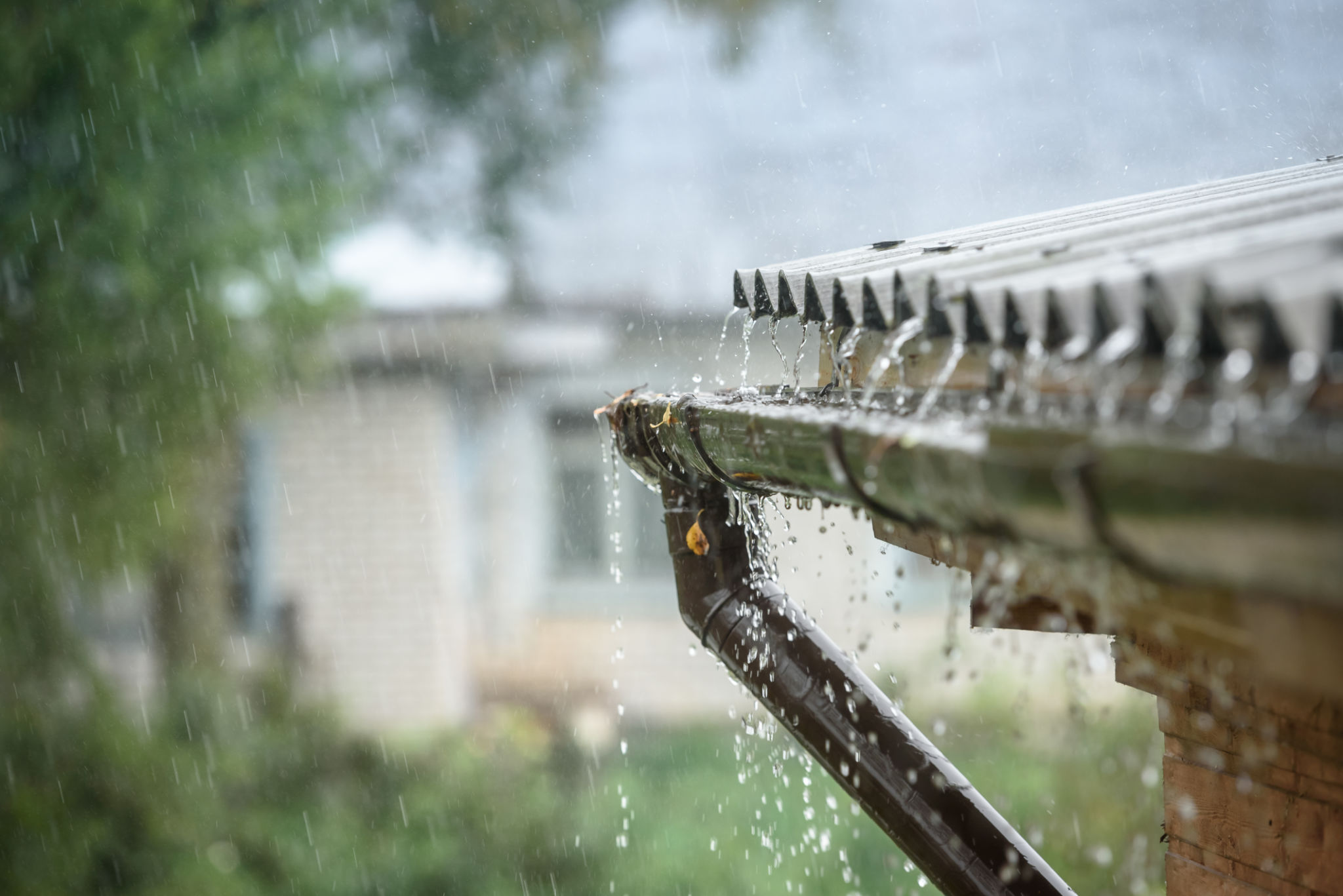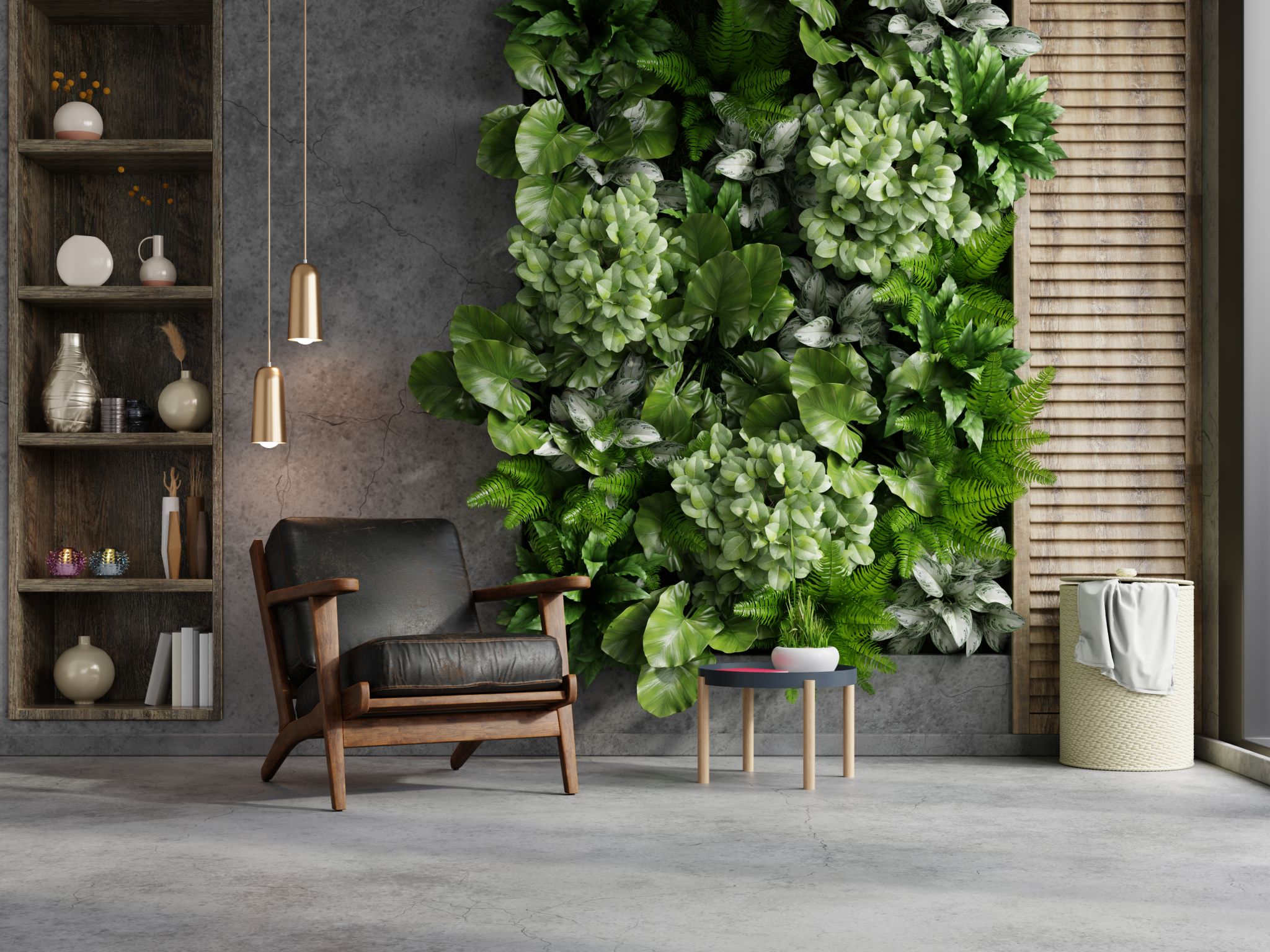How to Customize Your Eco-Friendly Prefabricated Home for Hong Kong's Climate
Understanding Hong Kong's Climate
Hong Kong's climate is characterized by hot, humid summers and mild, dry winters. This subtropical climate presents unique challenges and opportunities when customizing a prefabricated home. By understanding local weather patterns, you can make informed decisions to enhance comfort and sustainability in your eco-friendly residence.
Summer temperatures in Hong Kong can soar, often accompanied by high humidity levels. Conversely, winters are mild but can bring occasional cold spells. Designing your home with these variations in mind ensures a balance between energy efficiency and comfort throughout the year.

Optimizing Insulation and Ventilation
Effective insulation is crucial in maintaining a comfortable indoor environment and reducing energy consumption. Consider using eco-friendly insulation materials such as recycled cellulose or sheep’s wool, which not only provide excellent thermal resistance but also minimize environmental impact.
Ventilation is equally important, especially in Hong Kong's humid climate. Natural ventilation systems, such as strategically placed windows and vents, can promote airflow and help regulate indoor temperatures. Installing ceiling fans and exhaust systems also aids in maintaining a comfortable atmosphere.
Choosing the Right Materials
When customizing your prefabricated home, selecting sustainable building materials is essential. Opt for materials like bamboo, which is both renewable and robust, or reclaimed wood that adds character and warmth to your living space. These materials are not only environmentally friendly but also suitable for Hong Kong's climate.

Incorporating Renewable Energy Sources
Solar panels are an excellent addition to any eco-friendly home in Hong Kong. The region's ample sunlight provides an opportunity to harness solar energy, reducing reliance on traditional power sources and lowering electricity bills. Additionally, consider integrating wind turbines if your location permits, as they can provide supplementary energy during the windy months.
Beyond energy production, energy-efficient appliances and LED lighting contribute significantly to reducing your home's carbon footprint. Prioritize these features during the customization process to enhance sustainability.
Water Conservation Techniques
Water scarcity can be a concern in urban areas like Hong Kong, making water conservation strategies vital for an eco-friendly home. Install rainwater harvesting systems to collect and store rainwater for non-potable uses such as irrigation and toilet flushing. Low-flow fixtures and dual-flush toilets also help reduce water usage without sacrificing performance.

Landscaping for Climate Adaptation
Thoughtful landscaping enhances both the aesthetics and functionality of your property. Choose native plants that thrive in Hong Kong's climate, requiring less water and maintenance. Incorporate green roofs or vertical gardens to improve insulation, reduce heat absorption, and support biodiversity.
Paved surfaces can contribute to the urban heat island effect. To mitigate this, use permeable paving materials that allow water to seep through, reducing runoff and cooling the surrounding environment.
Personalizing Interior Spaces
Your prefabricated home should reflect your personal style while maintaining eco-friendliness. Use non-toxic paints and finishes to create a healthy living environment. Select furniture made from sustainable materials or upcycled items for a unique touch.

By considering these customization options, you can create an eco-friendly prefabricated home that is not only comfortable but also well-suited to Hong Kong's distinctive climate. Embracing sustainable practices contributes to a healthier planet while enhancing your overall quality of life.
